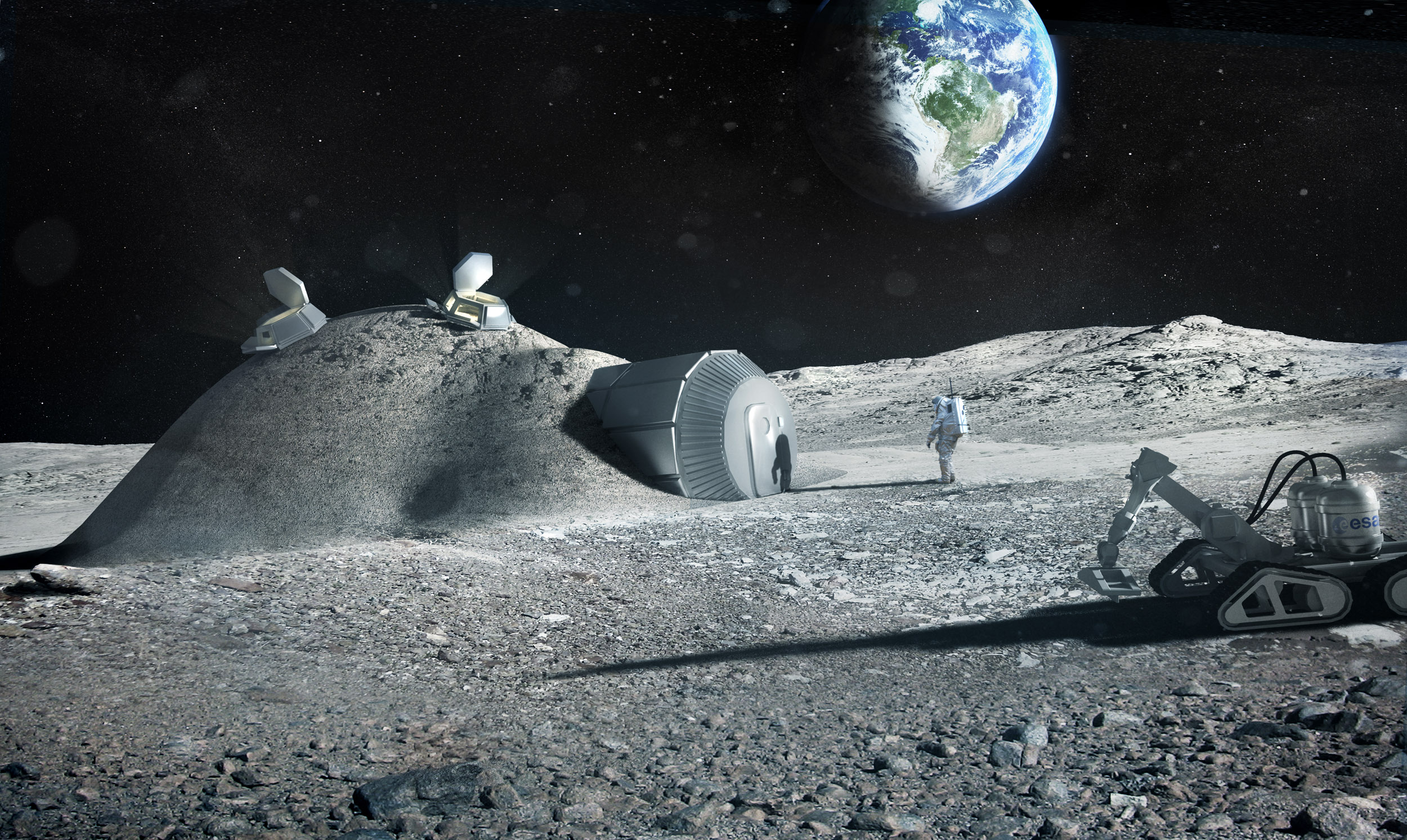 Parler
Parler Gab
Gab
NASA also planning to explore Jupiter's icy moons
Alongside the ESA's JUICE mission, the U.S. National Aeronautics and Space Administration (NASA) also plans to launch its Europa Clipper probe. Schedule to launch in October 2024, it will take a shorter route by using flybys of Earth and Mars. It is set to arrive at Uranus by April 2030, more than a year earlier than the JUICE probe. While the JUICE probe will focus on Ganymede, the Europa Clipper will focus on the Europa moon. It is expected to make 50 nearby approaches, flying a few hundred miles over its surface to identify areas that could support life. (Related: Alien life may exist in Jupiter's moon Europa and other frozen worlds.) Earlier U.S. satellites found that the ice on three Jovian moons covered enormous oceans of liquid water, the one necessity required for the existence of life on Earth. Jovian moons are classified as moons because they orbit Jupiter, but they might be called planets due to their size if they were to orbit the sun on their own. It was also found in 2005 that Enceladus, Saturn's sixth-largest moon, is sprinkling water and organic material into space from a subterranean ocean. "If ever there was a next-best place to look for life, it's here," said American astronomer Neil deGrasse Tyson on the subject of these icy moons. Follow Cosmic.news for more news about the space missions on Jupiter and its moons. Watch this video explaining why life on Jupiter is possible following the discovery of water in the planet's clouds. This video is from the CleanTV channel on Brighteon.com.More related stories:
Search for origin of life intensifies as NASA probes alien oceans on moons in the outer solar system.- Study: An extra planet between Mars and Jupiter could push Earth out of the solar system. NASA releases stunning audio of eerie sounds taken from flyby of Jupiter's moon, Ganymede. Study suggests Europa, Jupiter's Moon, contains table salt in its oceans just like the oceans on Earth. "Icy corridor" on the Saturn moon of Titan baffles scientists. Sources include: TheGuardian.com Phys.org Brighteon.comChina to begin construction of LUNAR BASE using moon soil
By Kevin Hughes // Share
Reducing daily sugar intake to less than 6 teaspoons found to benefit overall health
By Zoey Sky // Share
Study: “Zombie” cells in the body produce “cryptic” molecules linked to aging
By Zoey Sky // Share
Researchers discover evidence of HALLUCINOGEN use among ancient Europeans
By Kevin Hughes // Share
Hidden translation of Gospel chapter found in manuscript using UV light
By Ramon Tomey // Share
NASA Perseverance rover obtains Martian rock sample with possible signs of life
By Kevin Hughes // Share
Governments continue to obscure COVID-19 vaccine data amid rising concerns over excess deaths
By patricklewis // Share
Tech giant Microsoft backs EXTINCTION with its support of carbon capture programs
By ramontomeydw // Share
Germany to resume arms exports to Israel despite repeated ceasefire violations
By isabelle // Share










